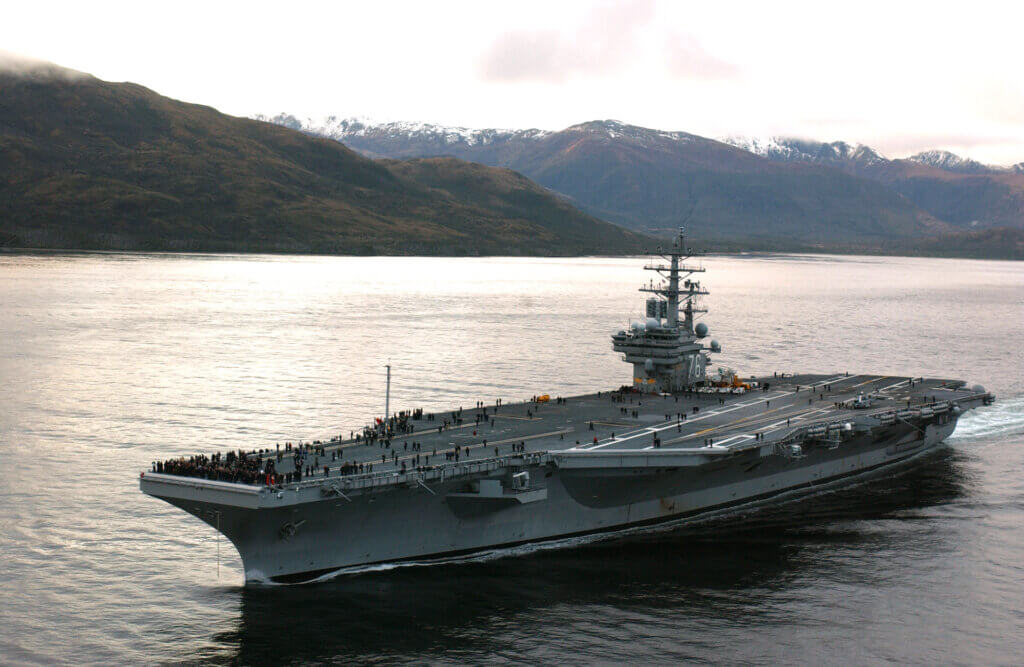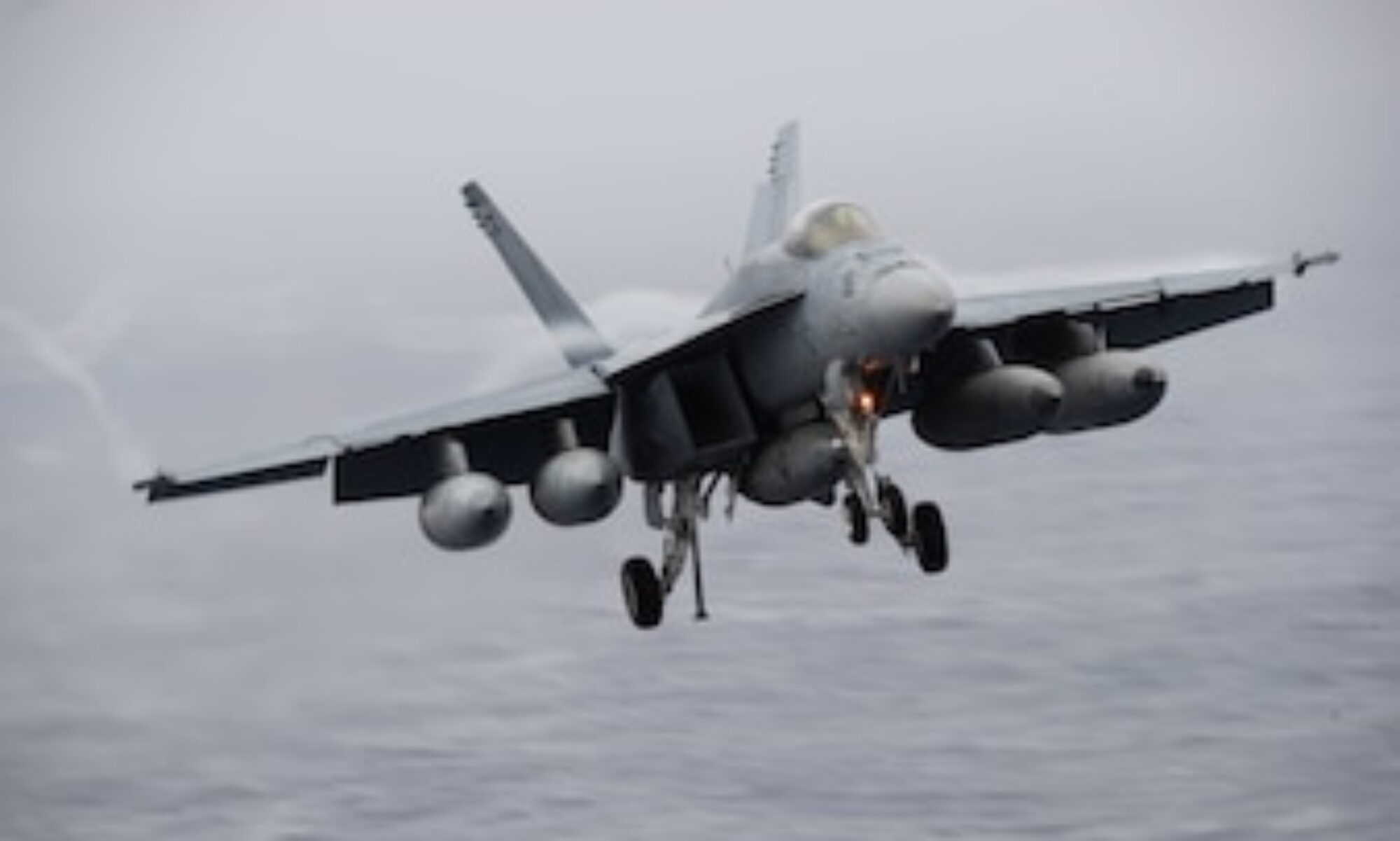
The recent redeployment of the USS Theodore Roosevelt and the USS Ronald Reagan from the Western Pacific has created a significant and rare carrier gap in the region, raising concerns about the U.S. Navy’s ability to counter China’s expanding military footprint. This movement underscores a critical moment for U.S. naval strategy, especially as tensions in the South China Sea and East China Sea remain high.
The Strategic Redeployment
On July 4, 2024, the USS Theodore Roosevelt began its transit from the South China Sea to the Middle East, marking the end of its deployment in the Indo-Pacific region. The Roosevelt had been actively engaged in exercises like Freedom Edge alongside allies Japan and South Korea, aimed at demonstrating the U.S.’s commitment to regional security. However, its departure leaves a void that Beijing might perceive as an opportunity to further assert its dominance.
The USS Ronald Reagan, another key asset in the Western Pacific, has also left the region, currently operating in the U.S. Third Fleet’s area of operations. This summer, the Reagan is set to conduct a carrier swap with the USS George Washington, further delaying the presence of an American aircraft carrier in Japan.
Implications for Regional Security
The absence of a U.S. carrier in the Western Pacific comes at a particularly volatile time. China’s People’s Liberation Army Navy (PLAN) is conducting extensive exercises near the Paracel Islands, a region of strategic importance. Aerial imagery has shown the Chinese aircraft carrier Shandong and a Type 075 helicopter carrier, along with a formidable escort of warships, maneuvering close to these disputed waters.
Brent Sadler, a former U.S. Navy captain and analyst, highlights the precarious nature of this gap: “Even if only for a week or two, a planned gap of carriers/naval presence in the Western Pacific is ill-advised. This is especially so given current tensions as well as well-known PLA exercise routines that peak this time of year.”
U.S. Naval Strategy and Response
While the U.S. State Department maintains confidence in the current force posture, this gap undeniably challenges the strategic balance in the region. The Roosevelt’s assignment to the Red Sea, and the eventual deployment of the USS Harry S. Truman, reflect the global demands on U.S. naval forces, stretching their capacity thin across multiple theaters.
The U.S. Navy must navigate these strategic redeployments while ensuring that regional allies remain assured of American support. The upcoming arrival of the USS George Washington in Japan will be critical, but until then, the gap presents both a tactical and symbolic challenge.
Moving Forward
The U.S. Navy’s operational tempo and strategic deployments are a testament to its global reach and commitment to maintaining peace and stability. However, the current carrier gap in the Western Pacific serves as a stark reminder of the delicate balance of power in the region. It emphasizes the need for robust and agile naval strategies to counter the multifaceted threats posed by a resurgent China.
As we continue to monitor these developments, it is crucial for the U.S. to reaffirm its commitment to its allies and to maintain a presence that deters aggression and upholds international maritime law. The coming weeks will be critical in assessing how the U.S. navigates this strategic challenge and ensures the stability of the Indo-Pacific region.

